Race Day Concerns—The Effect of Heat and Humidity on the Racing Pigeon
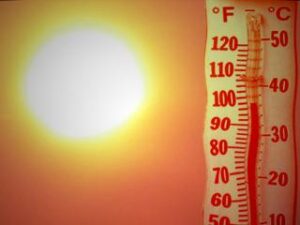 Because racing pigeons do not possess sweat glands, control of their bodies’ heat and hydration is regulated through their air sacs. Cooling occurs during respiration as moisture is evaporated from the lining of the air sacs. As the pigeon uses its moisture, or fluid, to cool itself, the loss of fluid can lead to dehydration. In this article, we’ll discuss the effects of race day heat and humidity and how to keep your racer hydrated.
Because racing pigeons do not possess sweat glands, control of their bodies’ heat and hydration is regulated through their air sacs. Cooling occurs during respiration as moisture is evaporated from the lining of the air sacs. As the pigeon uses its moisture, or fluid, to cool itself, the loss of fluid can lead to dehydration. In this article, we’ll discuss the effects of race day heat and humidity and how to keep your racer hydrated.
Dehydration
When the racing pigeon works to keep itself cool, it begins to pant. This panting increases the air flow through the bird’s air sacs, evaporating the moisture and cooling the bird. The resultant loss of moisture can soon lead to dehydration if the bird does not replenish its fluid stores through drinking water.
If there is no water available, the bird can’t replenish its fluid stores, so it can’t cool itself. A condition called “secondary hyperthermia” soon develops. This condition will rapidly lead to death.
Signs and Symptoms of Dehydration
The effects of dehydration can be seen when your racing pigeon is even just 5% dehydrated. This level of dehydration can occur within twenty-four hours of 25C (77F) temperatures. When the bird is 5% dehydrated, it becomes quiet and fluffs up. Fluffing is the bird’s attempt to cool itself by raising its feathers away from its body to increase air circulation.
At a dehydration level of 10%, the bird becomes increasingly quiet and even more fluffed.
When dehydration increases to 15%, there is reduced blood flow circulating to the vital organs, including the brain. The racing pigeon’s level of consciousness becomes impaired. There is a risk of death at dehydration levels of 15% and beyond.
Environmental Conditions to Watch For
As a racing pigeon fancier, you need to be watchful on race day for weather conditions that can increase the risk of dehydration in the racing bird.
- Temperatures higher than 25 C (77 F) result in rapid dehydration in the absence of water.
- Low humidity increases the rate of fluid loss as less moisture flows through the air sacs.
- High humidity decreases evaporative cooling, increasing hyperthermia.
- Head winds cause extra exertion which increases the CO level of the blood. This increases the rate of respirations which increases the amount of fluid loss. This, then, leads to dehydration.
Prevention of Hyperthermia and Dehydration
The number one prevention measure you can take to keep your racing pigeon cool and hydrated is to provide water. Offer water from the start of basketing until arrival at the race point the next day. This way you will have a fully hydrated bird at the time of the release.
And provide water upon the bird’s return. The bird will readily drink, especially if there was no water along the race route. Drinking upon return will quickly restore lost fluid, re-establish hydration and cool the bird.

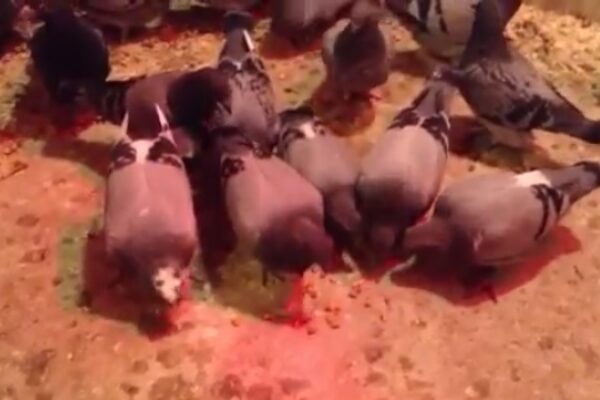
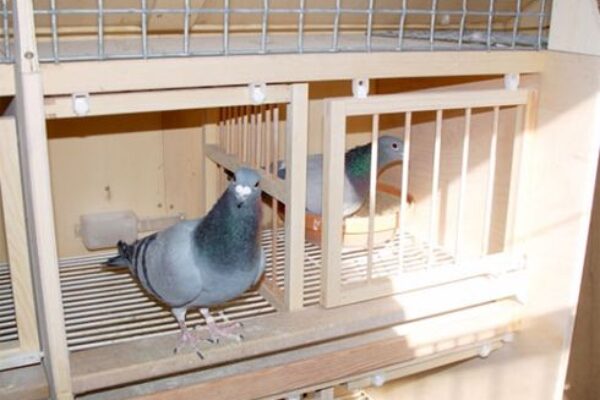

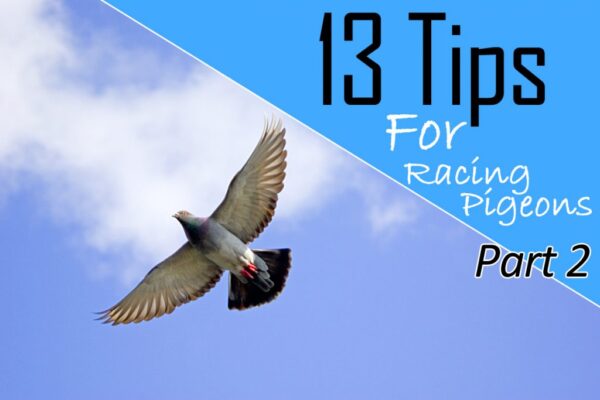
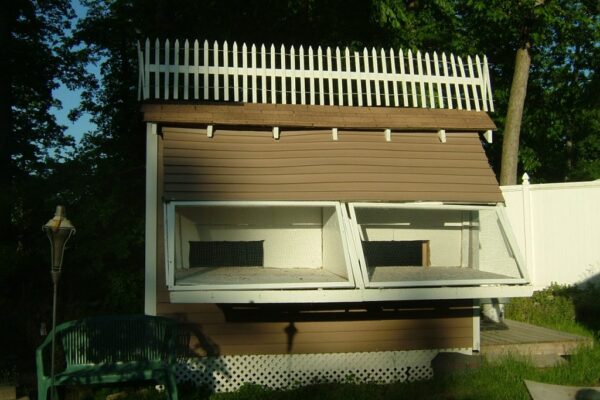
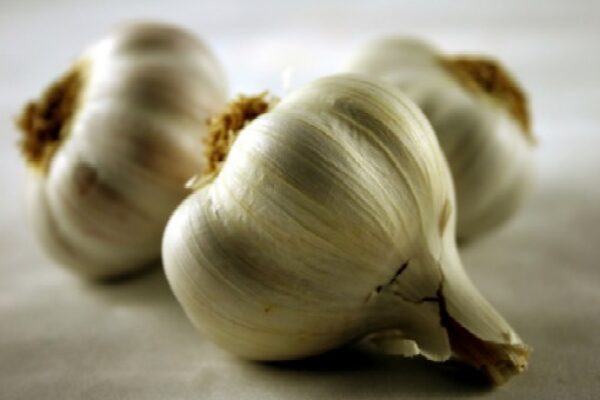


We all i think have to fly in 25 and 30 degree weather its hard in old birds in the longer races
but young birds its even worse the first few races you can teach them to drink in the basket
but when you ship them its a new experience for them and the ones that don’t drink most times
you lose them or get them the next day but i find some of these youngsters end up with bad
flights Brad.
tnx for your info
talking abouto birds being to hot i have faced panting problem a lot in my birds be coz of high temperature 110 to 120 f .i have faced a lot of deaths when temperature is too high ,i have no formula to save life of my birds when he is dehydrated above than 15% what shoud i do at this stage .
Here in the Philippines sometimes 50 degree Celsius, we’re not forcing them to fly.. Just open the entrance and exit of your birds with water inside the loft
Thank you for all your info on all to do with the PIGEON WORLD. I find this page very interesting.
TALKING ABOUT BIRDS BEING TO HOT,AND PANTING I HAVE SEEN PANTING IN MY BIRDS, THIS IS WHY THE BIRDS ACT DIFFERENT IN AM WHEN IT IS COOL VS. EARLY EVENING TO HOT.—-THANK FOR THE ARTICLES I LIKE THEM ALL RON COLUMBUS OHIO